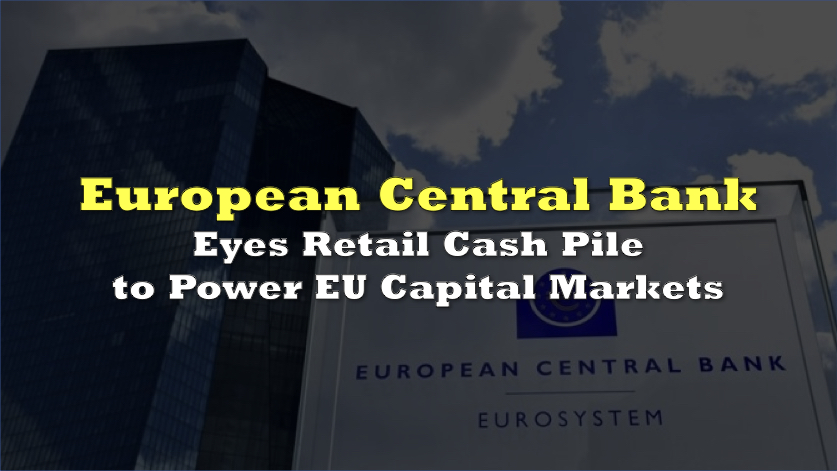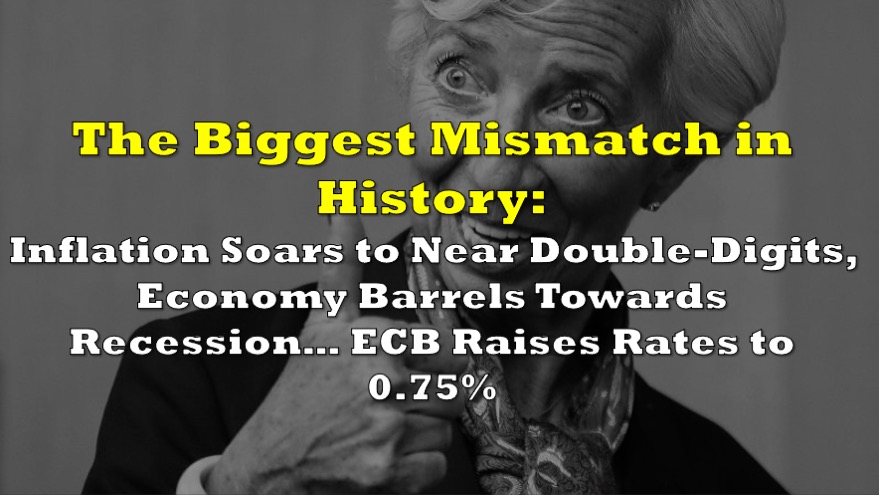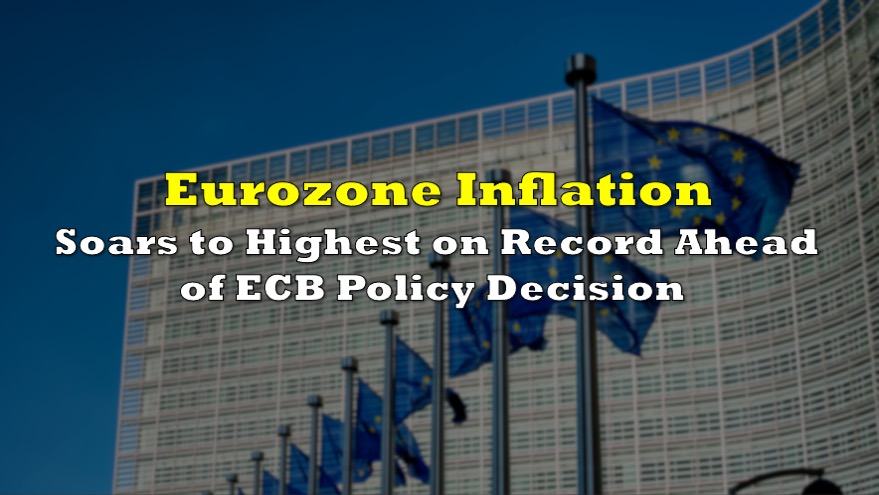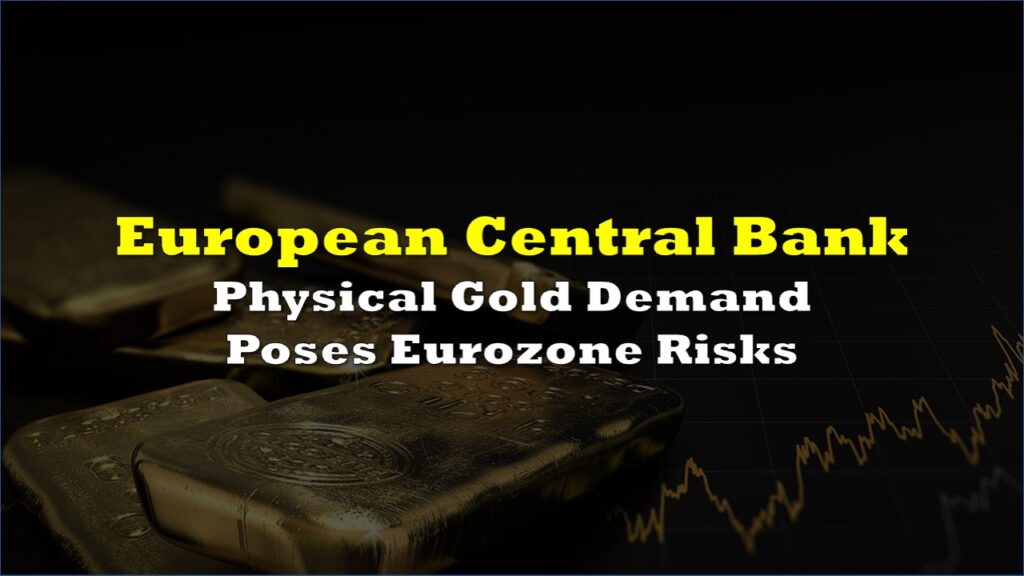The European Central Bank has put forward a concrete model for an “EU savings standard” that would steer a slice of the bloc’s €11 trillion in household deposits into equity markets—bolstering both savers’ returns and the depth of Europe’s capital base.
“There is now an urgent need to channel retail savings into European capital markets,” the ECB blog, written by the bank’s economists led by Elena Banu, argues. They frame the proposal as a two-for-one fix that can “benefit savers, boost investment in EU companies and support strategic priorities.”
Cost discipline
Starting with the universe of funds charging under 0.5% total-expense ratios, the authors note a clear tension: most ultra-cheap products are global or US-centric. Imposing an additional filter—at least 20% of assets in EU stocks—changes the picture dramatically: the weighted portfolio share invested at home jumps to roughly 75%.
In other words, a modest “buy-European” threshold captures EU-focused diversification without abandoning the fee advantage that retail investors crave.

The filtered fund set is far from parochial. Financials top the allocation table, but information technology still claims 11%—a reminder that Europe’s listed tech champions, however scarce, can still attract scaled retail capital.

Closing the deposit gap
Low-cost funds meeting the EU-tilt screen have delivered a 6% annualised return over the last decade—miles ahead of overnight or even term deposits that barely break even in real terms. A euro left in a deposit account since 2015 would have earned next to nothing; in the screened equity funds it would be up roughly 80% on a cumulative basis.
Tax incentives, the blog suggests, could nudge even “a small portion of savings” toward those higher-octane outcomes.

Today, the average low-cost fund is registered in only six member states, underscoring the patchwork that persists two decades after the launch of the Capital Markets Union project. The ECB views a common savings label—paired with streamlined cross-border tax rules and full fee transparency—as a practical catalyst for market consolidation, larger fund sizes, and lower headline TERs.
A well-calibrated EU savings standard could convert dormant liquidity into productive risk capital without forcing investors to abandon cost discipline or diversification. The political hurdle is designing incentives that are simple enough to scale across 27 different tax regimes—yet generous enough for households to notice.
The challenge now for policymakers is to clear that bar.
Information for this story was found via the sources mentioned. The author has no securities or affiliations related to the organizations discussed. Not a recommendation to buy or sell. Always do additional research and consult a professional before purchasing a security. The author holds no licenses.









